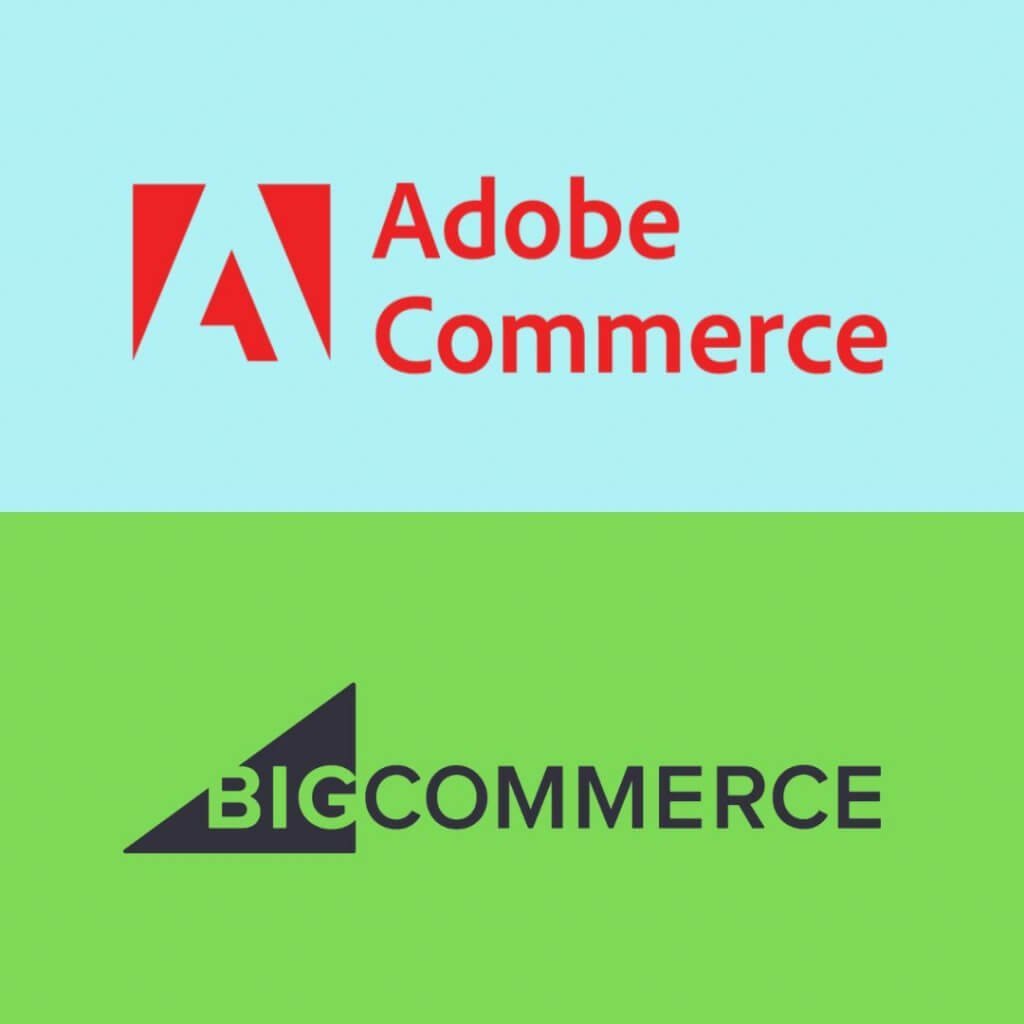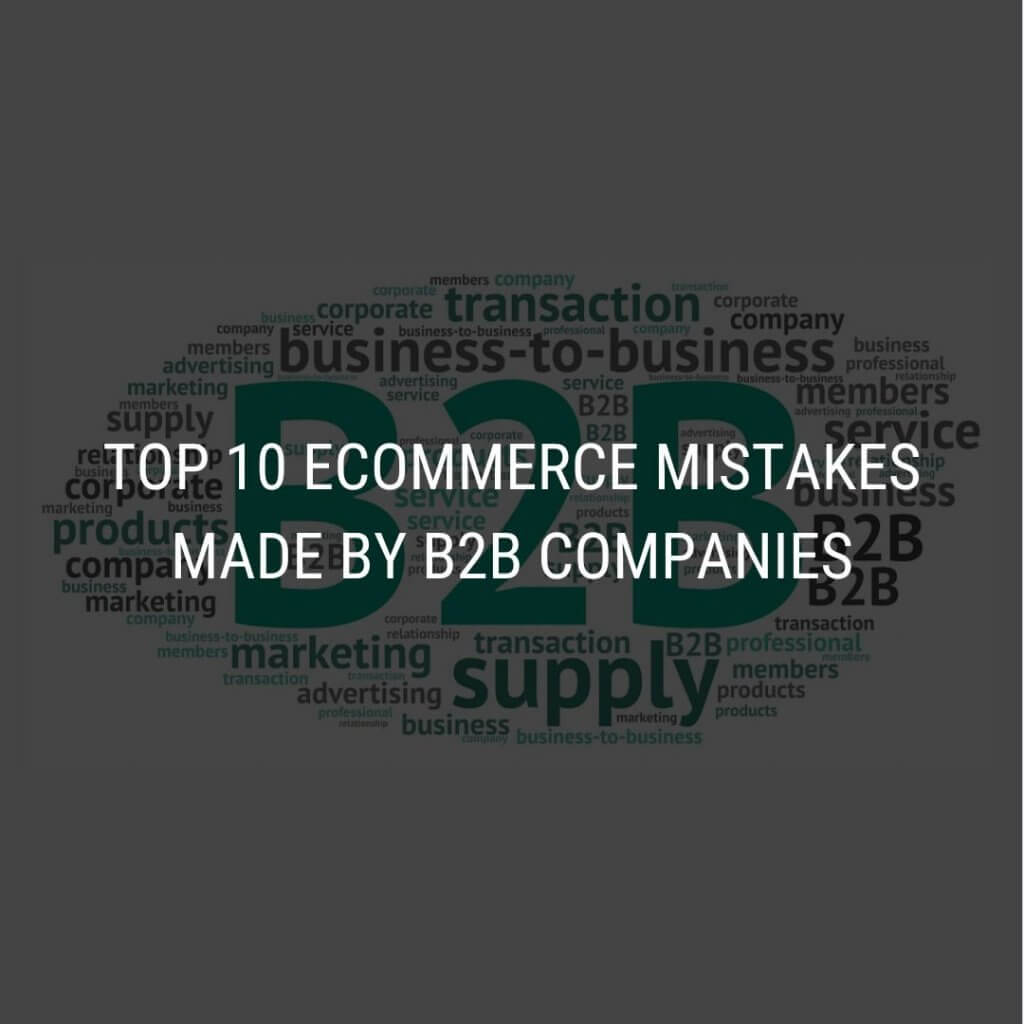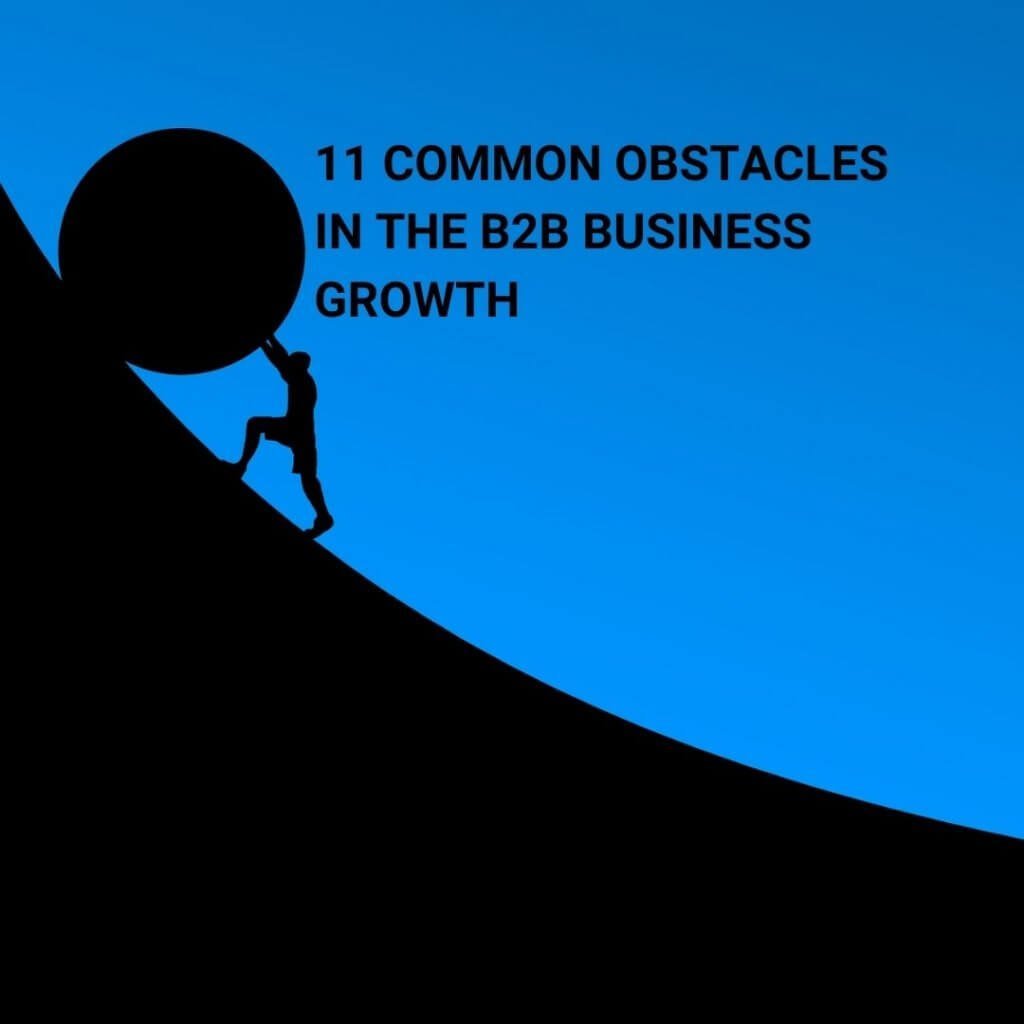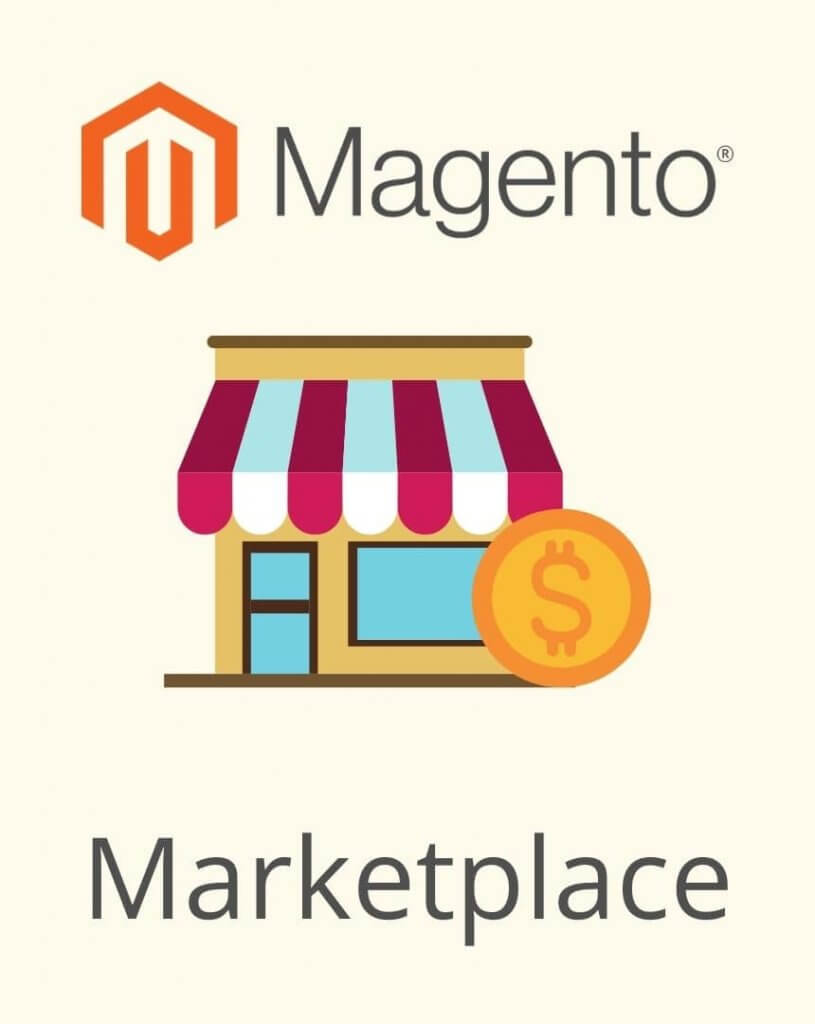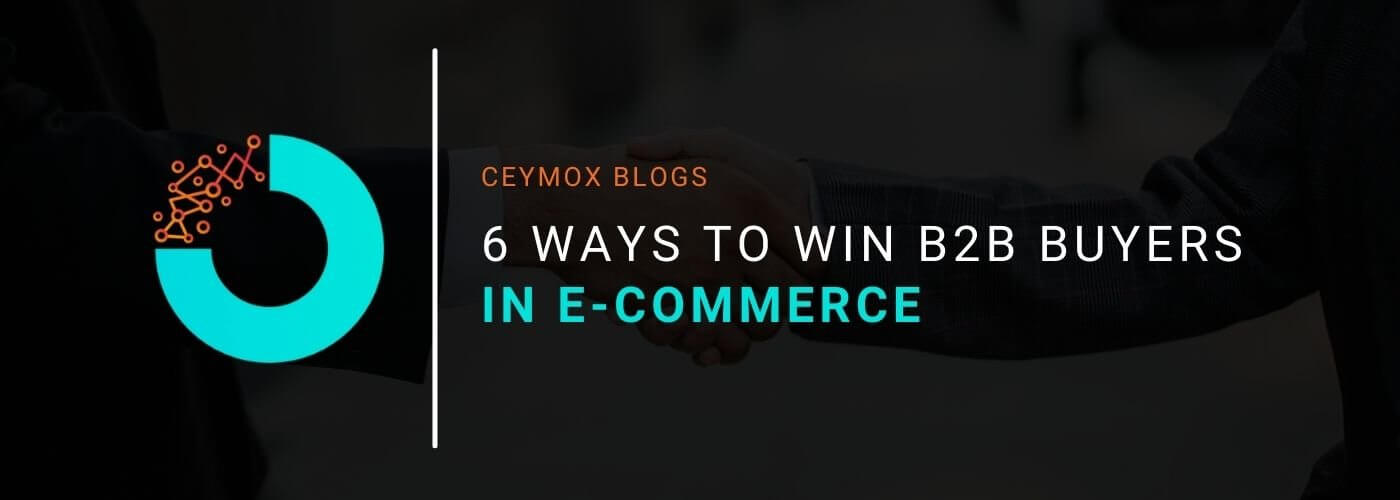
The world of business-to-business trade may be intimidating. Secure help before you take off and spare your company from making costly blunders. Shipping and fulfillment are critical steps in establishing a successful B2B firm. With cutting-edge technology at your disposal, this is now a reality. You may learn how to benefit from shipping and fulfillment best practices with the following advice.
B2C trends driving B2B
In ways that B2B companies have previously lacked, companies that cater to consumers are driving customer experience. Adapting B2C features to help your B2B business will give you a competitive advantage.
Temando
Temando polled 1080 merchants and 5161 online buyers in the U.S., Australia, the U.K., and France. According to the research, shipping-related issues led around 60% of customers to abandon their carts. This poses a significant challenge for retailers, who have claimed that their main difficulties include rising carrier costs, shipping, fulfillment automation, and platform compatibility—particularly for B2B sites. Here are 3 B2C shipping and fulfillment trends that the B2B sector should consider in their overall plans to help handle these difficulties.
1. B2C EXPERIENCES SHAPE B2B EXPECTATIONS
Market disrupting models like Amazon Prime have reshaped many buyers’ expectations. Consumers now anticipate more variety. Business buyers have higher expectations with cheaper shipping costs and smoother shipment services. According to Forrester, B2B manufacturers and wholesalers are causing themselves harm. By relying on “current homemade systems to support obsolete methods, resulting in restricted sales platforms and not providing the desired experience, B2B buyers anticipate it. You are no longer expected. It is possible to limit competition to only availability and price, but you must also deliver “an experience” identical to that of purchasing from Alibaba or Amazon. Keep an eye on customer experience trends. And you’ll still be competitive.
2. SHIPPING IS TIED TO THE CUSTOMER'S EXPERIENCE
According to Temando’s analysis, practically all shops polled recognized the value.
Using shipping to improve the client experience Almost 40% of retailers reported that they noticed a customer’s mood improving when they introduced improved shipping choices. Nonetheless, under a third is intended to spend on client satisfaction experience in the coming 12 months. This sluggish approach prohibits companies from offering the delivery experiences that customers want. As a result, more than one-fifth of buyers abandoned their purchases. The cart complains about sluggish deliveries and lengthy formalities. On the other hand, if a customer has a great shipping experience, over 70% of them will return to the retailer. Make your customers happy by providing them with a smooth delivery experience.
3. SHOPPERS, LIKE BUYERS, ARE LOOKING FOR CONVENIENCE.
According to Temando’s research, nearly 60% of buyers would buy from the competition if the desired shipping option was unavailable. Limiting your shipment options is a risky proposition. Furthermore, most shoppers list convenience and choice as primary reasons for shopping online. Indeed, these identifiers increased by just a few percentage points yearly. Given this trend, what is to prevent corporate buyers from seeking better alternatives if they are dissatisfied with their existing experience? Make the experience more convenient for your customers, and they will stay with you.
HOW TO WIN B2B BUYERS
For busy corporate purchasers, planning ahead of time is essential. To keep on track, they must ensure that shipments from numerous merchants arrive securely and on time. As a B2B merchant, you can demonstrate value by supporting buyers and minimizing workflow friction. Peer recommendations are becoming more popular among B2B buyers, according to the 2016 B2B Buyer’s Survey Report from Demand Gen Report. Changing satisfied customers into powerful advocates helps your company generate additional revenue streams.
4. KEEP AN AGILE ATTITUDE TO SHIPMENTS
You will occasionally be required to fill urgent orders. How will you prepare your company to deal with the additional pressure? Rather than risk disappointing your customers, spread your stock across multiple outlets. The items required to find the stock you need by looking across several warehouses are delivered in the shortest amount of time and over the shortest distance possible. It will be simple with the correct shipping technology. This allows you to select whether you should prefer the shipment or if special freight services are required, such as heavy transportation, reducing any additional shipping delays and additional surcharges encountered along the road.
5. TRACKING SHIPMENTS SHOULD BE TRANSPARENT
Managing large shipments can be difficult for busy buyers who constantly juggle deliveries from multiple customers throughout the day. Giving consumers information on when to expect shipments and tracking updates, together with advance shipment notification (ASN) messages, demonstrates that you’re thinking about them.
Fifty-three per cent of B2B buyers claim that “excellent client service and postpurchase assistance” keep them loyal to their suppliers. Businesses who can customize the last-mile delivery journey with features like time-slot booking and tracking alerts will be looked upon favourably.
6. TAKE ADVANTAGE OF THE STRENGTHS OF MANY CARRIERS
Compatible multi-carrier software that automates carrier selection based on pre-established rules to speed up order fulfillment, reduce lead times, and lower carrier-related costs. Consequently, you can commit additional resources to their company’s marketing and R&D, two crucial areas.
According to a McKinsey & Company survey from 2016, B2B customer experience index scores lag behind B2C by less than 50%. The divide will become much more visible as consumers digitize. What’s encouraging is that B2B organizations are seeing the benefits of a customer-first strategy, with early adopters reporting “better client-satisfaction scores, cost-to-serve savings of 10 to 20%, revenue growth of 10 to 15%, and an improvement in employee happiness.” As the distinction between B2C and B2B becomes increasingly blurred, it is evident that only the most inventive will succeed. Consider customer experience while developing your competitive strategy; your B2B firm will expand quicker and further.
 Hubspot SEO Certified |  Hubspot SEO II Certified |  Google Ads Search Certified |  Google Analytics Certified |
Sreehari N Kartha is a skilled Digital Marketing Analyst at Ceymox, certified in SEO. His expertise encompasses a wide range of digital marketing strategies, including managing advertising campaigns on platforms like Google Ads, Facebook Ads, Instagram Ads, WhatsApp Ads, and LinkedIn Ads. With a strong foundation in SEO and SMM, Sreehari is adept at optimizing online visibility, driving engagement, and generating qualified leads and conversions. His passion for emerging technologies, such as Crypto, NFTs, and Web3, further complements his skillset, enabling him to navigate the dynamic digital landscape.
View All Articles
